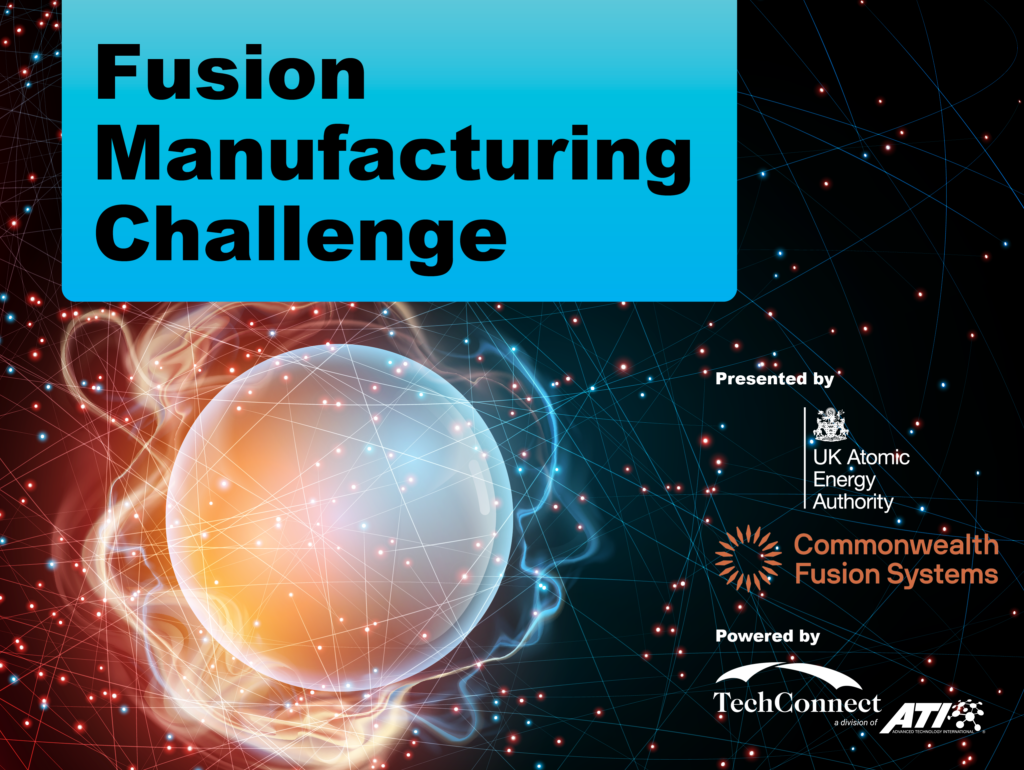
Due: April 21, 2023
At the center of our solar system and in the heart of active stars across the Universe, fusion generates the energy that delivers brilliance to both our day and nighttime skies. Under powerful gravitational fields, hydrogen atoms fuse into helium while releasing immense amount of energy and you’ve got a massive fusion powerplant, the sun, the ultimate clean and limitless source of energy. Scientists and engineers across the world are working on fusion devices, with the goal of creating the ultimate clean and sustainable energy source on earth. The United Kingdom Atomic Energy Authority (UKAEA) and Commonwealth Fusion Systems are two leading organizations in the field of fusion developing such devices.
The United Kingdom Atomic Energy Authority is the UK national laboratory for fusion energy and operates the Joint European Torus (JET) experiment, which currently holds the record for the highest fusion power produced.
Commonwealth Fusion Systems spun out of the Massachusetts Institute of Technology (MIT) and seeks to design and build world-leading fusion energy machines based on several generation of fusion devices built and operated at MIT.
Tokamaks, the devices which contains fusion reactions, are highly complex machines using novel materials under extreme conditions. Consequently, building tokamaks create many manufacturing challenges. To make fusion energy a reality will require innovations across many domains, including materials and testing technologies.
An operational fusion powerplant requires two groups of materials: those inner surfaces exposed to the plasma generating the fusion energy and supporting materials. The inner surfaces, also known as first walls, are subjected to high temperatures, heat fluxes and electromagnetic fields in addition to exposure to electrons, ions, and neutrons. Consequently, material selection is limited to certain refractory metals, such as tungsten and tungsten heavy alloys.
First wall materials must be joined to the supporting materials which are also subject similarly harsh operating conditions as the first walls. Supporting materials must also be corrosion resistant as well. Examples of suitable supporting materials include reduced activation ferritic martensitic steel, nickel-based superalloys, high nickel content steel-based alloys, austenitic steels, and vanadium alloys.
To advance the development of fusion energy reactors, these two organizations jointly sponsor the Fusion Manufacturing Challenge.
This Challenge seeks to identify:
- Innovative new joining/bonding technologies for dissimilar materials, and
- Cutting-edge, non-destructive testing equipment to verify and inspect those bonds
Through this Challenge, UKAEA and Commonwealth Fusion Systems want to engage with entrepreneurs, experts, founders, and organizations who are developing effective and efficient technologies which can help to revolutionize the global energy market.
